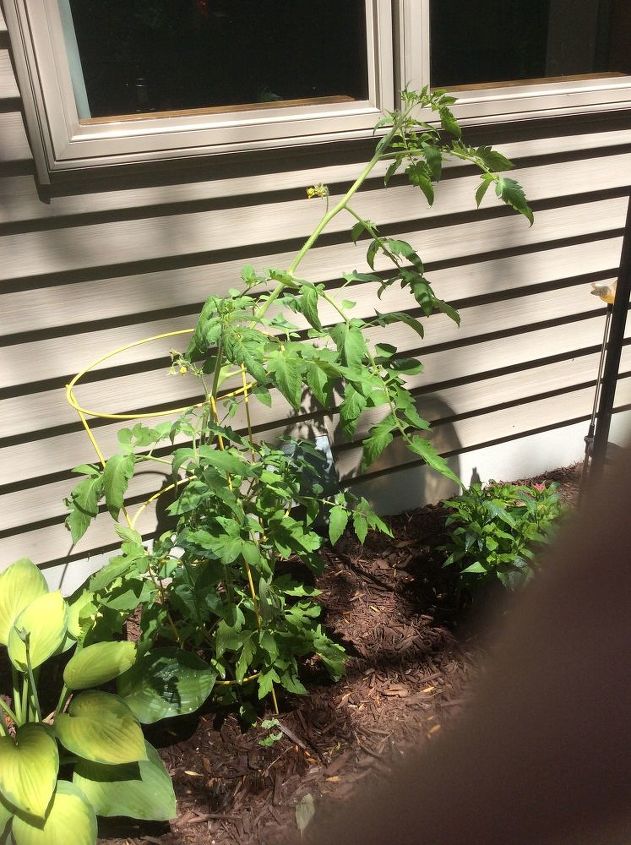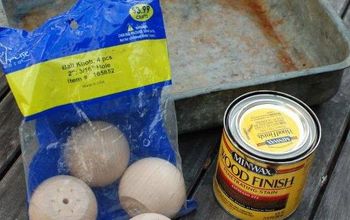How do I get tomato plants to produce healthy tomatoes?

Mine always rot on the vine before they ripen. This year I even put them in individual pots with good drainage and nothing but potting soil.
Related Discussions
GNATS - How to get rid of them?
Somehow my house and garden got tiny gnats that killed my fuchsia plant and fly everywhere. I have tried ALL the Web recommendations - soap and oil dishes, sand in th... See more
Marigolds growing! Should I pinch the buds?
My marigold plants are growing. I heard that pinching the buds until Autumn will allow them to grow without killing the plant. Is this true?
Growing garlic
Growing our first garlic, should we wait until the leaves are drying out before we pick it? Husband picked first one today along with our first potatoes.
How to keep mice out of your garden?
Hi everyone, I have mice in my garden destroying my vegetables and I have also noticed them in the barn and shed. Please can someone tell me how to prevent them from ... See more
What's the best flower/plant to grow in Texas?
I know that opinions vary, but what's your opinion?!I have great luck w Rosemary plants. Green all year long.
My tomato plant only flowers and is not producing any tomatoes.
I am wondering how to pollinate tomatoes? I have 1 tomato plant which flowers but does not produce any tomatoes. Besides assisting with pollination is there anything... See more




The only time my tomatoes don’t ripen and turn red is when it’s late in the season. Tomatoes need heat to ripen on the vine so maybe you are planting too late or it’s just cooler where you live. Just some ideas, but I hope you have better luck this year.
What zone are you in? Enough sun? Consistent watering? See if these help.
https://www.thespruce.com/tomato-plant-problems-and-how-to-prevent-1402976
https://homeguides.sfgate.com/tomatoes-wilting-rotting-vine-wrong-105419.html
https://commonsensehome.com/tomatoes-not-ripening/
Lots of sun is needed.
It's called Blossom End Rot...... This relatively common garden problem is not a disease, but rather a physiological disorder caused by a calcium imbalance within the plant. It can occur in pepper, squash, cucumber, and melon fruits as well as tomatoes.This common garden “disease” is often brought on by rapid growth from too much fertilizer, high salt levels or drought.
Blossom end rot symptoms occur on both green and ripe fruits and is identified by water-soaked areas that gradually widen and mature into sunken, brown, leathery spots on the bottom end. In many cases, secondary pathogens, which appear as a black, fuzzy-like growth, attack the affected area and cause complete rotting of the fruit. Blossom end rot will not spread from plant to plant.Treatment
Since this plant problem is physiological in nature, fungicides will not work as a control measure. We recommend the following: